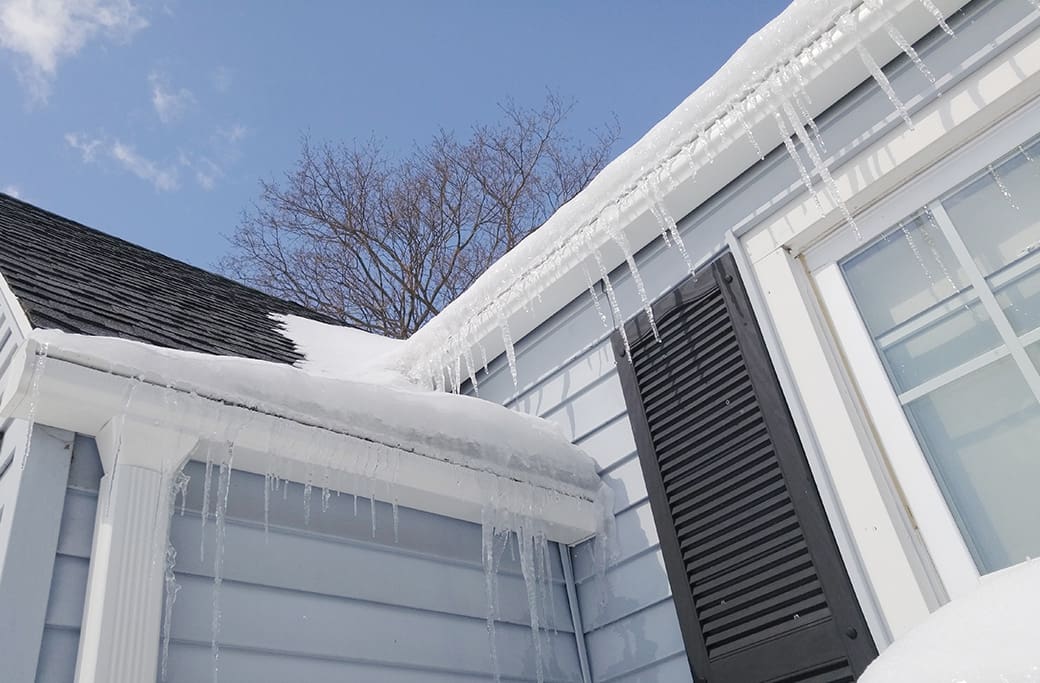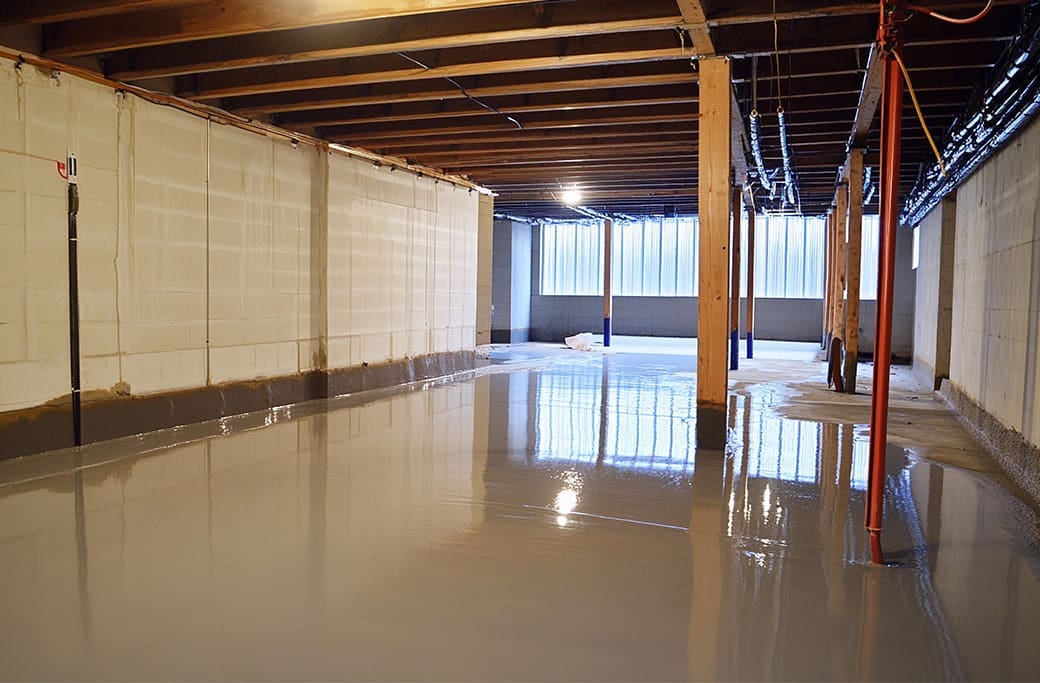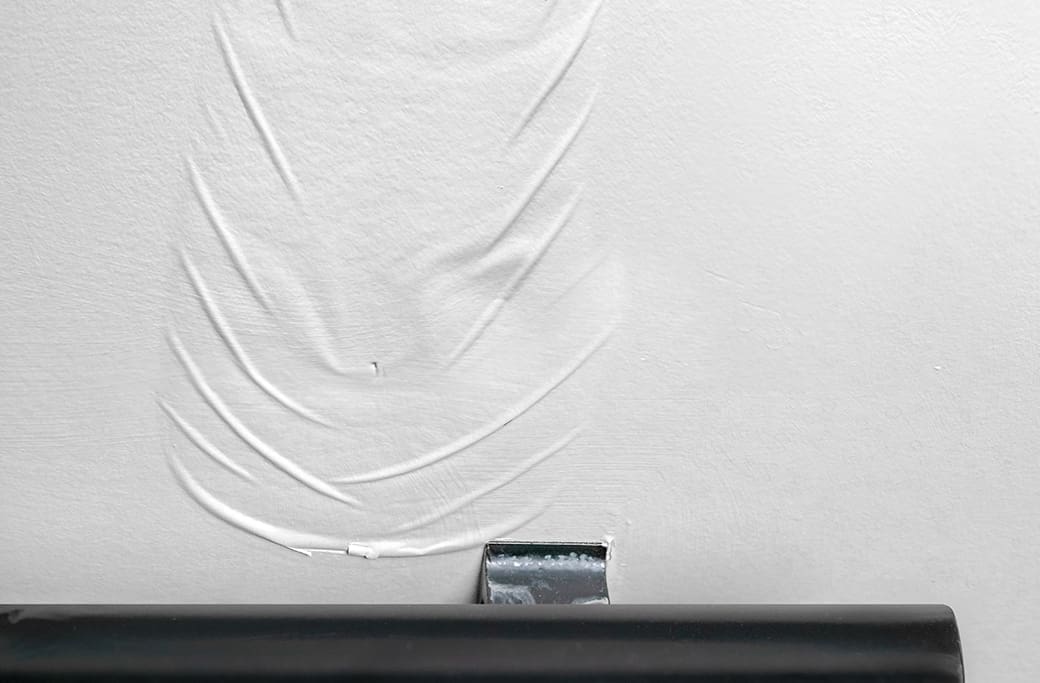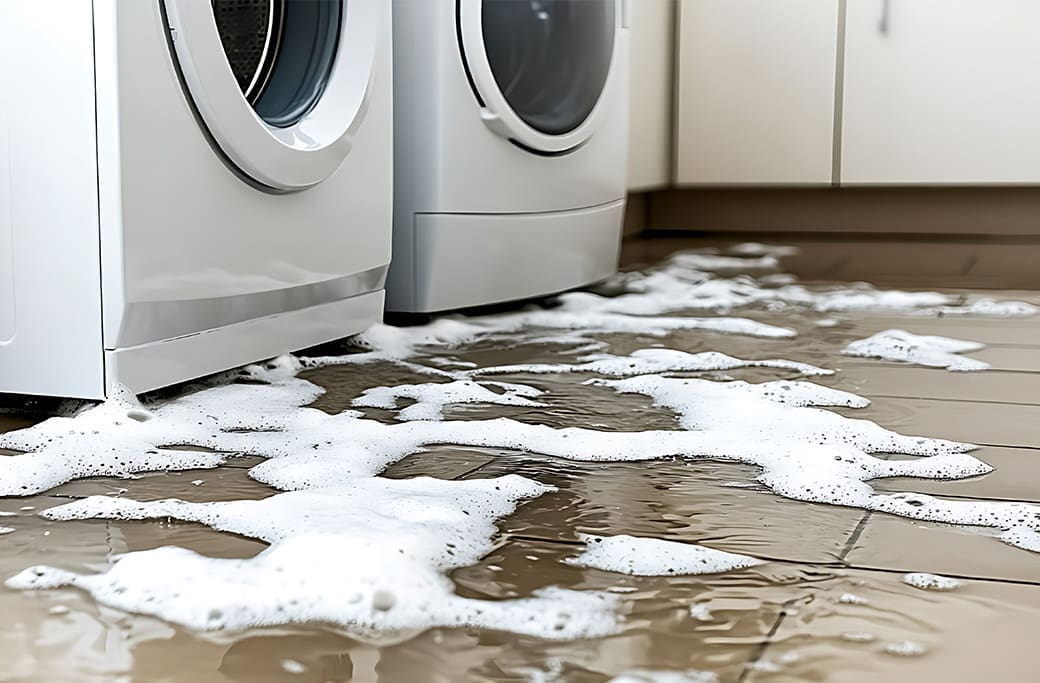
Winter is a season of beauty, with snow-covered landscapes and frosty mornings. However, for homeowners, property managers, and even DIY enthusiasts, it also brings a series of challenges—particularly when it comes to water damage. The combination of freezing temperatures and snow accumulation can create conditions that lead to frozen pipes, ice dams, and roof leaks, often resulting in costly repairs if not addressed promptly.
Fortunately, proactive prevention can go a long way in safeguarding your property. This article dives into the causes and risks associated with these common winter issues and provides actionable tips to protect your home from unforeseen damage.
Frozen Pipes: A Common Winter Threat
How Frozen Pipes Cause Damage
When temperatures drop, the water inside your pipes can freeze, expanding in volume. This increased pressure leads to cracks or bursts, allowing water to escape once it thaws. Just a single burst pipe can cause flooding, damaging walls, floors, and even the structural foundation of your home.
Areas Most at Risk
Some areas of your home are more vulnerable to frozen pipes than others. Pipes located in uninsulated or poorly insulated areas like basements, attics, garages, or exterior walls are most at risk. These spaces are often less protected from cold air, making them common problem zones during the winter.
Signs of Frozen Pipes
Detecting frozen pipes early is vital. Watch for these warning signs:
-
- Sudden reduced water flow or no water coming out of faucets.
- Visible frost on exposed pipes.
- Unusual odors from faucets or drains, which may indicate a blockage caused by ice.
Preventing Frozen Pipes
Winterizing Your Plumbing
Proper preparation can help prevent frozen pipes. Here’s how:
-
- Insulate exposed pipes with foam sleeves or heat tape to protect against bitter cold.
- Drain outdoor hoses, sprinkler systems, and pools before winter hits to avoid trapped water freezing.
Maintain a Consistent Indoor Temperature
Keep your thermostat at 55°F or higher—even when you’re away from home. A consistent indoor temperature prevents pipes from getting too cold.
Emergency Tips for Cold Snaps
When temperatures plummet, take these additional steps:
-
- Allow faucets to drip slightly. The minimal water movement can prevent pressure buildup in the pipes.
- Open cabinet doors under sinks to allow the warm indoor air to reach the plumbing.
Ice Dams: What They Are and Why They Form
Definition of Ice Dams
Ice dams form when snow on your roof melts and refreezes at the edges, creating thick ridges of ice. These ridges block proper drainage, causing water to pool behind them.
How They Cause Damage
Trapped water seeps under shingles and into your roof, leading to leaks and potential structural damage. Left unchecked, ice dams can wreak havoc on your ceiling, insulation, and walls.
Factors Contributing to Ice Dams
Two main factors lead to ice dams:
-
- Poor attic insulation and ventilation. Heat escaping from your home warms the roof unevenly, causing snow to melt in some areas but not others.
- Uneven roof temperatures. Snow melts in warmer areas, only to freeze again once it reaches cooler edges.
Preventing Ice Dams
Improve Attic Insulation and Ventilation
A well-insulated attic reduces heat transfer, maintaining a consistent roof temperature. Be sure to:
-
- Seal any gaps in the attic that may allow warm air to escape into the roof.
- Install proper ventilation to keep airflow balanced and temperatures consistent.
Regular Roof Maintenance
Preventive care can make all the difference:
-
- Keep gutters clean to allow water to drain freely. Clogged gutters can contribute to ice dam formation.
- Use a roof rake to remove heavy snow buildup safely.
Professional Solutions
For a lasting solution, consider hiring professionals to install heating cables along your roof edges or inspect your insulation quality.
Roof Leaks: The Hidden Hazard
How Roof Leaks Develop in Winter
Roof leaks often result from ice dams, snow accumulation, or weakened roofing materials. Heavy snow can weigh down roofs, straining weak points and creating entryways for water.
Signs of Roof Leaks
Watch for early signs of potential issues, including:
-
- Water stains on ceilings or walls.
- Peeling paint or warped surfaces.
- Mold or mildew smells developing indoors.
Dangers of Ignoring Roof Leaks
Neglecting roof leaks can result in:
-
- Extensive structural damage.
- Increased energy costs due to poor insulation.
- Accelerated mold growth, posing serious health hazards.
Preventing Roof Leaks
Snow Removal
Prevent excessive snow weight by regularly clearing your roof with safe tools designed for snow removal. Avoid using sharp objects that could damage the roof’s surface.
Inspect for Weak Points
Routinely check your roof for loose or missing shingles, damaged flashing, or other areas that may allow water to penetrate.
Professional Repairs
Address minor issues before winter begins. Professional inspections and repairs can save you from significant headaches later on.
How STOP Restoration Can Help
At STOP Restoration, we understand how stressful winter water damage can be. Our team is here to help prevent and mitigate issues like frozen pipes, ice dams, and roof leaks.
Emergency Services
Whether it’s a burst pipe or an unexpected leak, we provide fast, efficient responses to minimize damage to your property.
Water Removal and Drying
Our state-of-the-art tools remove water and ensure your space is thoroughly dried to prevent mold and structural issues.
Repairs and Restoration
From minor fixes to complete property restoration, we offer comprehensive solutions to get your home back to its best.
Protect Your Home This Winter
Winter has its risks, but with proactive measures, you can protect your home from the most common forms of winter water damage. Winterizing your plumbing, improving attic insulation, and maintaining your roof are all key steps in prevention.
If you need professional help, STOP Restoration is just a call away. Contact us today for inspections, emergency services, or advice on protecting your property. Don’t wait until it’s too late—stay prepared and enjoy all that winter has to offer, worry-free!




